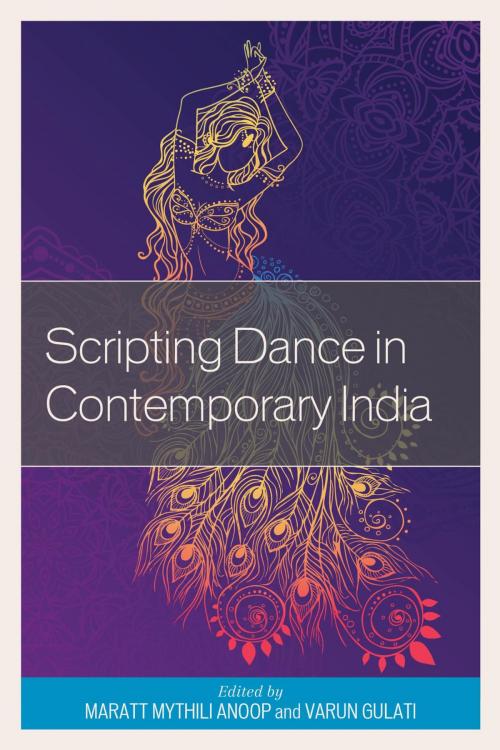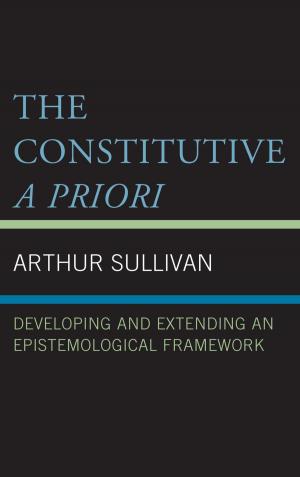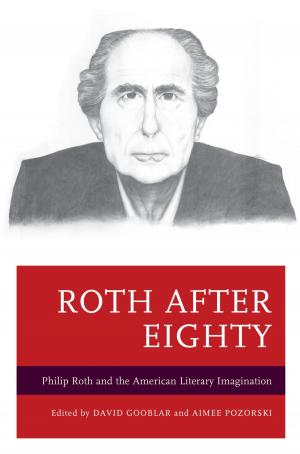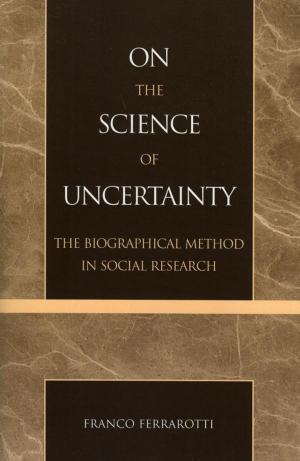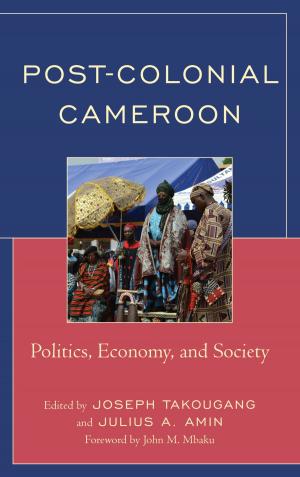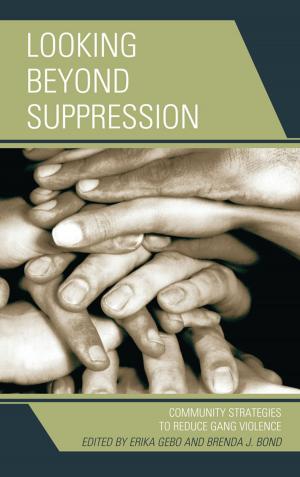Scripting Dance in Contemporary India
Nonfiction, Art & Architecture, Art History, Asian, General Art, Fiction & Literature, Literary Theory & Criticism| Author: | C. R. Rajendran, Ruchika Sharma, Justine Lemos, Anandi Salinas, Kelli Ling, Sushmita Arunkumar, Kaustvi Sarkar, Veena Basavarajaiah, Divya Venkatesh, Puthumana Govindan Namboodiri, Melwyn Pinto | ISBN: | 9781498505529 |
| Publisher: | Lexington Books | Publication: | January 7, 2016 |
| Imprint: | Lexington Books | Language: | English |
| Author: | C. R. Rajendran, Ruchika Sharma, Justine Lemos, Anandi Salinas, Kelli Ling, Sushmita Arunkumar, Kaustvi Sarkar, Veena Basavarajaiah, Divya Venkatesh, Puthumana Govindan Namboodiri, Melwyn Pinto |
| ISBN: | 9781498505529 |
| Publisher: | Lexington Books |
| Publication: | January 7, 2016 |
| Imprint: | Lexington Books |
| Language: | English |
As stories of Indian dance’s renaissance span almost a full century, there has emerged a globally dispersed community of Indian dancers, scholars and audiences who are deeply committed to keeping these traditions alive and experimenting with traditional dance languages to grapple with contemporary themes and issues. Scripting Dance in Contemporary India is an edited volume that contributes to this field of Indian dance studies. The book engages with multiple dance forms of India and their representations. The contributions are eclectic, including writings by both scholars and performers who share their experiential knowledge. There are four sections in the book – section I titled, “Representations’ has three chapters that deal with textual representations and illustrations of dance and dancers, and the significance of those representations in the present. Section II titled, “Histories in Process” consists of two chapters that engage with the historiographies of dance forms and suggest that histories are narratives that are continually created. In the third section, “Negotiations”, the four chapters address the different ways in which dance is embedded in society, and the different ways in which the aesthetics of a form has to negotiate with social, economic and political imperatives. The final section, “Other Voices/ Other Bodies” brings voices which are outside the mainstream of dance as ‘serious’ art.
As stories of Indian dance’s renaissance span almost a full century, there has emerged a globally dispersed community of Indian dancers, scholars and audiences who are deeply committed to keeping these traditions alive and experimenting with traditional dance languages to grapple with contemporary themes and issues. Scripting Dance in Contemporary India is an edited volume that contributes to this field of Indian dance studies. The book engages with multiple dance forms of India and their representations. The contributions are eclectic, including writings by both scholars and performers who share their experiential knowledge. There are four sections in the book – section I titled, “Representations’ has three chapters that deal with textual representations and illustrations of dance and dancers, and the significance of those representations in the present. Section II titled, “Histories in Process” consists of two chapters that engage with the historiographies of dance forms and suggest that histories are narratives that are continually created. In the third section, “Negotiations”, the four chapters address the different ways in which dance is embedded in society, and the different ways in which the aesthetics of a form has to negotiate with social, economic and political imperatives. The final section, “Other Voices/ Other Bodies” brings voices which are outside the mainstream of dance as ‘serious’ art.
